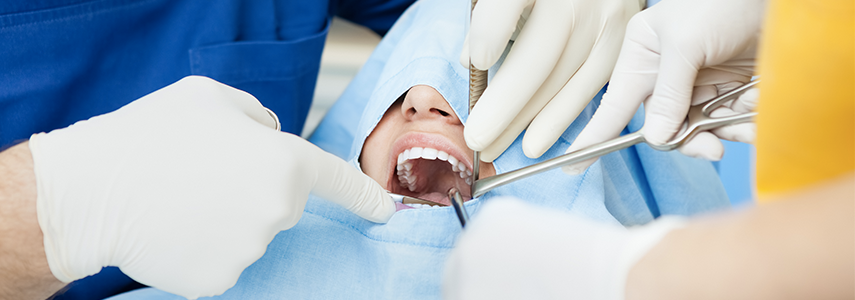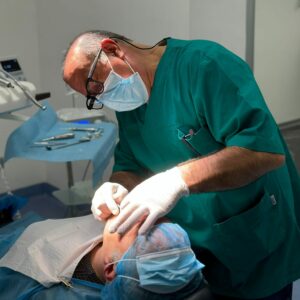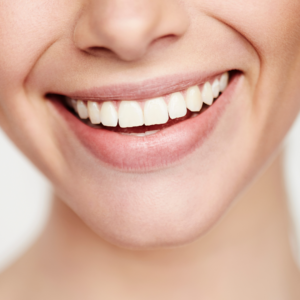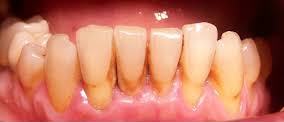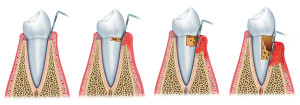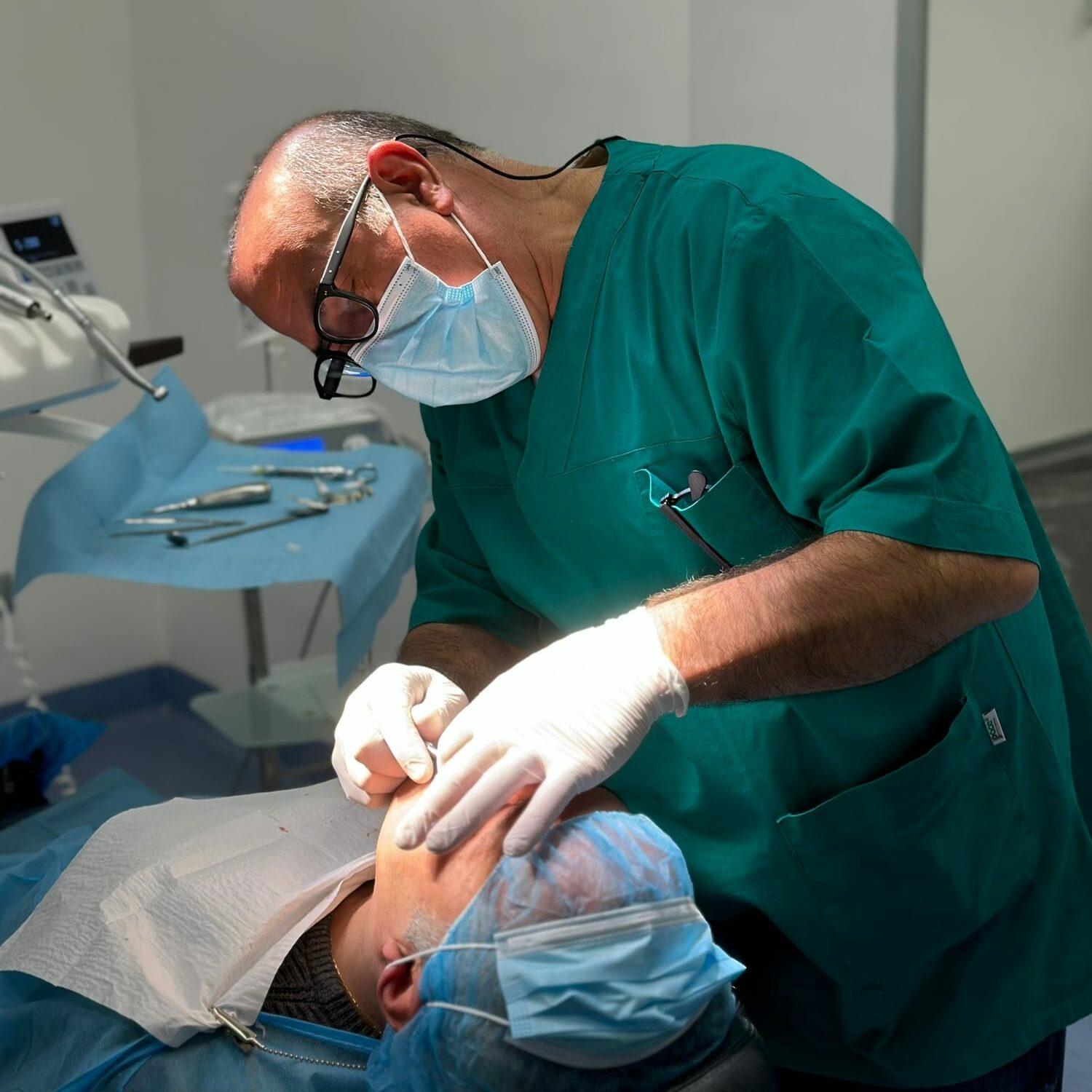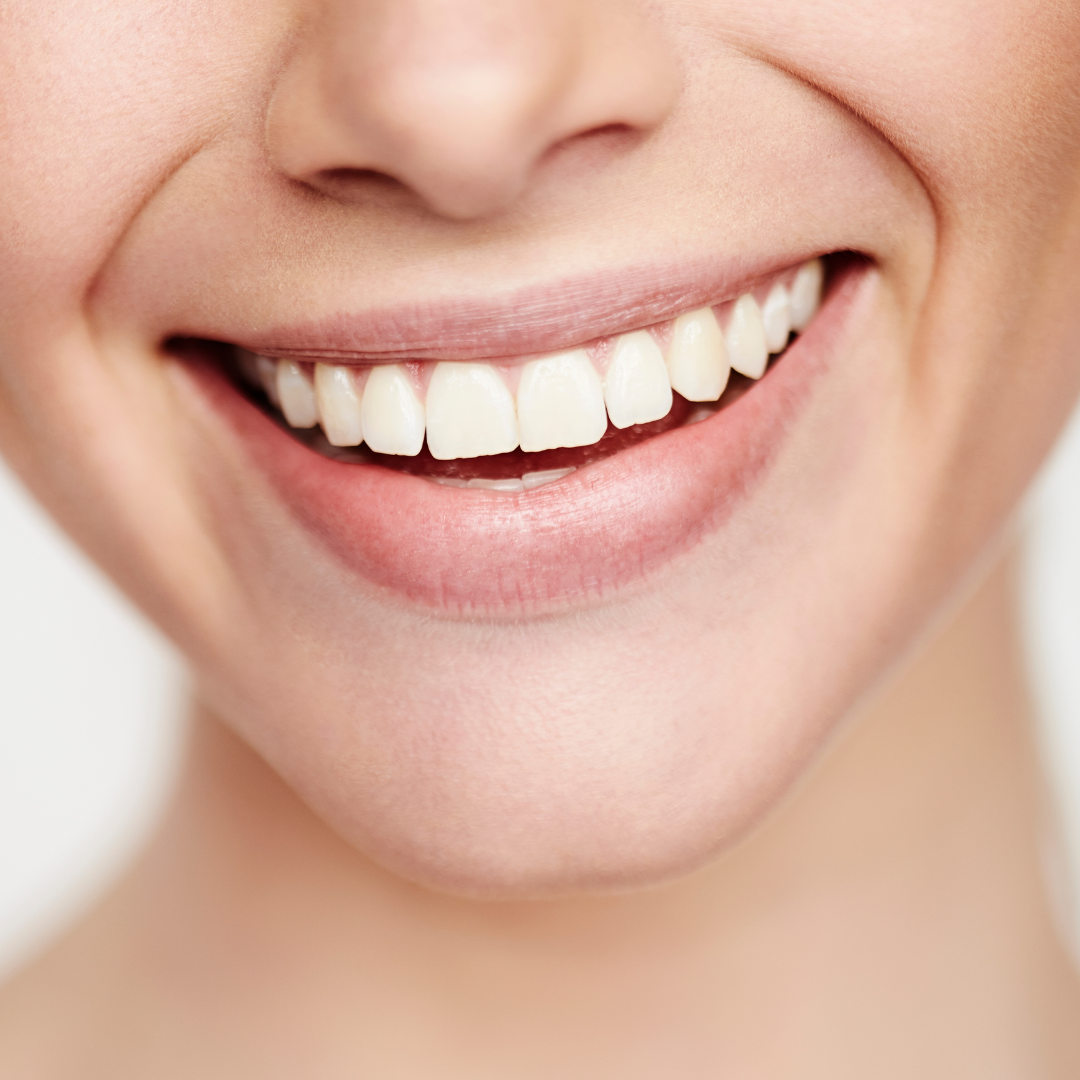After an oral surgery or simply a tooth extraction, it is necessary to apply sutures to allow the surgical wound to heal properly.
The application of stitches in oral surgery
The application of sutures is the last step of the surgery, but it is equally important because the success of the entire operation depends on the correct application of the stitches.
The sutures hold the edges of the wound together and protect it from mechanical stimuli due to chewing or simply speaking or swallowing.
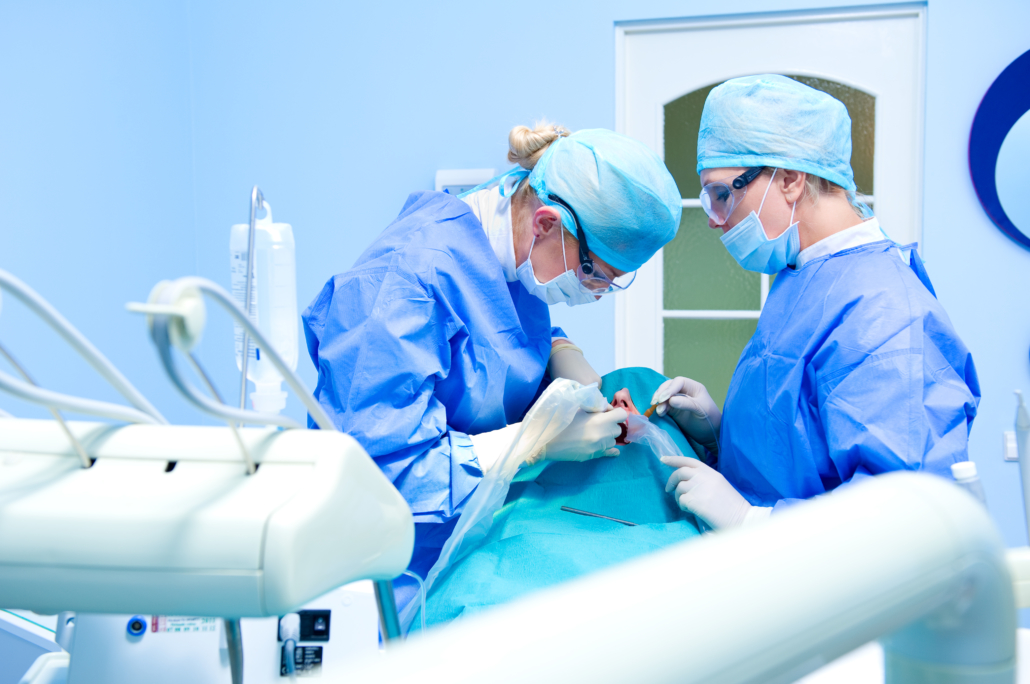
A wound without stitches would in fact be more exposed to the multiple stresses present in the oral cavity and above all to infections.
The stitches also stop bleedingand ensure that the flaps in the alveolar site heal in the correct position.
A postoperative course without stitches would therefore be much more troublesome for the patient.
Any complications due to stitches
It can happen, especially when the stitches are applied after an extraction, that parts of food can still get stuck inside the wound and cause complications such as an alveolitis.
To avoid these complications, the dentist always arranges postoperative checkups to evaluate the timing of removal of the stitches and constant monitoring of the wound.
The role of the operating microscope for complex sutures
There are cases where a complex oral surgery involves an equally complex wound situation. Very thin sutures ensure a more precise closure of the flaps, especially on larger wounds.
In these cases, the dentist can resort to the help of technology and in particular of the operating microscope.
Thanks to this high-precision technological tool, capable of enlarging the surgical site, the dentist can apply very thin sutures and with the utmost precision.
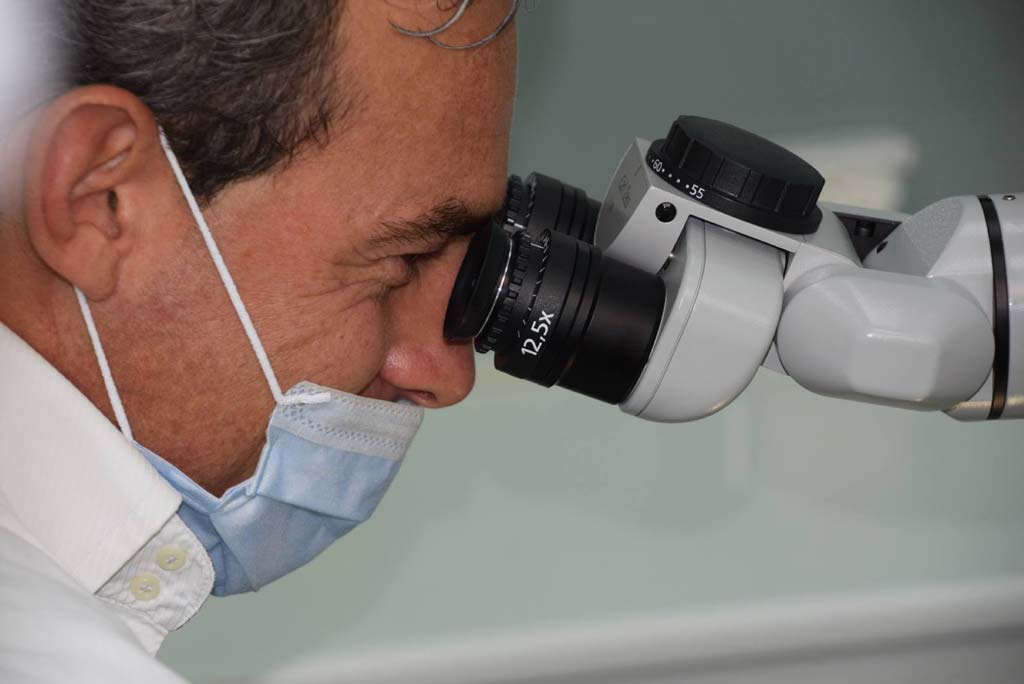
What to do in the postoperative period?
Following an oral surgery in which stitches have been applied, it is advisable for the patient to consume, in the hours following the surgery, only liquid food or in any case soft and cold food.
For oral hygiene it is advisable not to brush the part and to rinse with chlorhexidine-based mouthwash.
The dentist will establish the time required for the removal of the sutures which varies according to the type of wound.
The stitches applied after the extraction of a tooth can be removed even after 24 hours, precisely to avoid any infections caused by the possibility of food getting stuck in the wound.
For more complex surgical interventions, the removal of the stitches can take place even after 7 or 10 days, it will always be the dentist who will monitor the wound and plan the removal.
There are also resorbable points for which removal by the dentist is not necessary. In this case, in fact, the points are reabsorbed by the body without the intervention of the doctor. The dentist will always evaluate the type of points necessary for the best wound healing.




